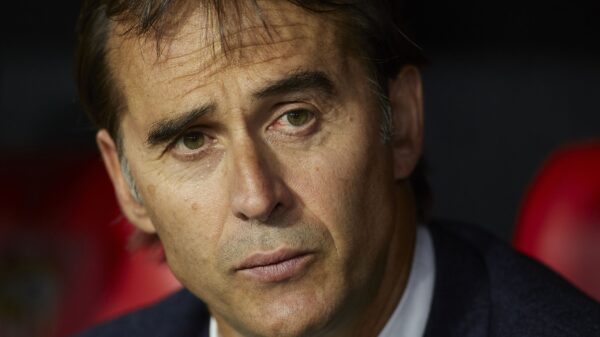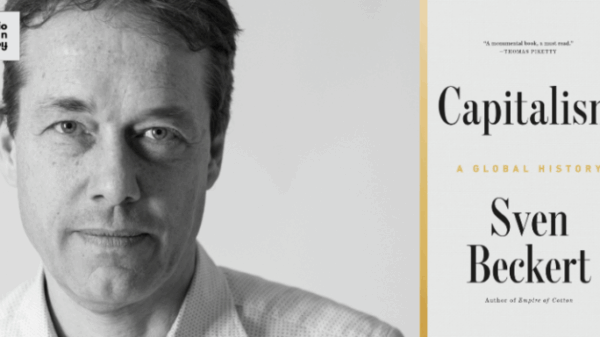New insights reveal that photographers must eliminate weak images from their portfolios to enhance professional credibility. As of today, leading photography experts, including renowned photographer Alex Cooke, emphasize that showcasing a limited selection of stunning images is crucial in a competitive digital landscape.
Why does this matter RIGHT NOW? In an era where attention spans are dwindling, a single mediocre photo can overshadow an artist’s best work, influencing potential clients’ perceptions and decisions. As Cooke states, “Your reputation isn’t built on your best work alone; it’s built on the worst work you choose to show.” This urgent call to action is resonating across social media platforms and photography communities.
The digital age has exacerbated the issue, allowing photographers to accumulate thousands of images without the constraints of film. This has led to bloated portfolios filled with mediocre shots that dilute artistic impact. The harsh reality is that viewers quickly form impressions based on the weakest image they see, which can greatly affect a photographer’s career trajectory.
Cooke argues that a focused portfolio—ideally between 10 to 30 images—can communicate a photographer’s unique vision and technical competence more effectively than a larger collection. “Every image must earn its place through merit, not sentiment,” he stresses. This selectivity is not just a personal preference; it is a strategic approach that aligns with human psychology and professional standards.
To illustrate, established photographers often showcase only their best work, rejecting the notion of presenting a comprehensive record of their efforts. Those who maintain high standards not only attract more clients but also cultivate a reputation for excellence. The takeaway is clear: clients prefer portfolios that reflect consistent quality over a mix of exceptional and mediocre work.
As Cooke notes, this process requires emotional detachment and rigorous self-evaluation. Photographers are encouraged to conduct regular portfolio reviews, focusing on eliminating technical failures and redundant concepts. Cooke warns that failing to do so can lead to a dangerous cycle of mediocrity, where artists become comfortable with subpar work.
The implications for photographers are profound. In a marketplace flooded with talent, a portfolio filled with weak images can easily lead potential clients to overlook a photographer’s capabilities. The stakes are high, as those seeking photography services often spend less than three seconds evaluating each image. Thus, the urgency to refine portfolios is not just about aesthetics but about survival in a fiercely competitive field.
In conclusion, photographers are urged to take immediate action by reviewing their portfolios and making critical cuts. The decision to remove underperforming images is not an act of cruelty but a vital step toward professional integrity and success. As the digital marketplace evolves, those who adapt by curating their work will stand out, while others risk being left behind.







































































